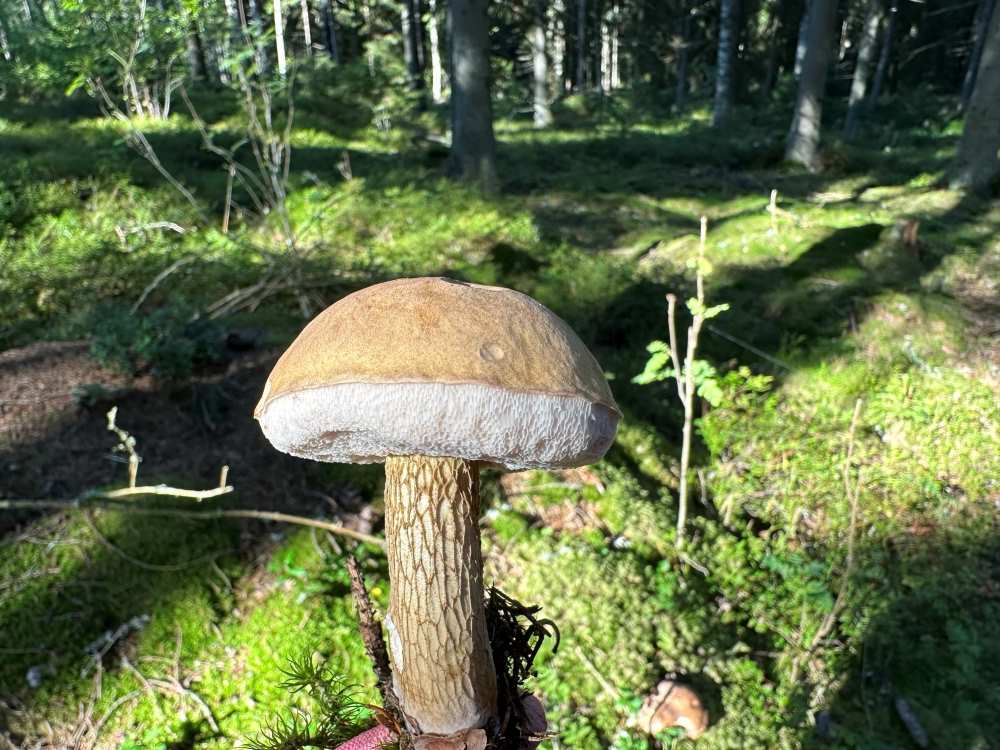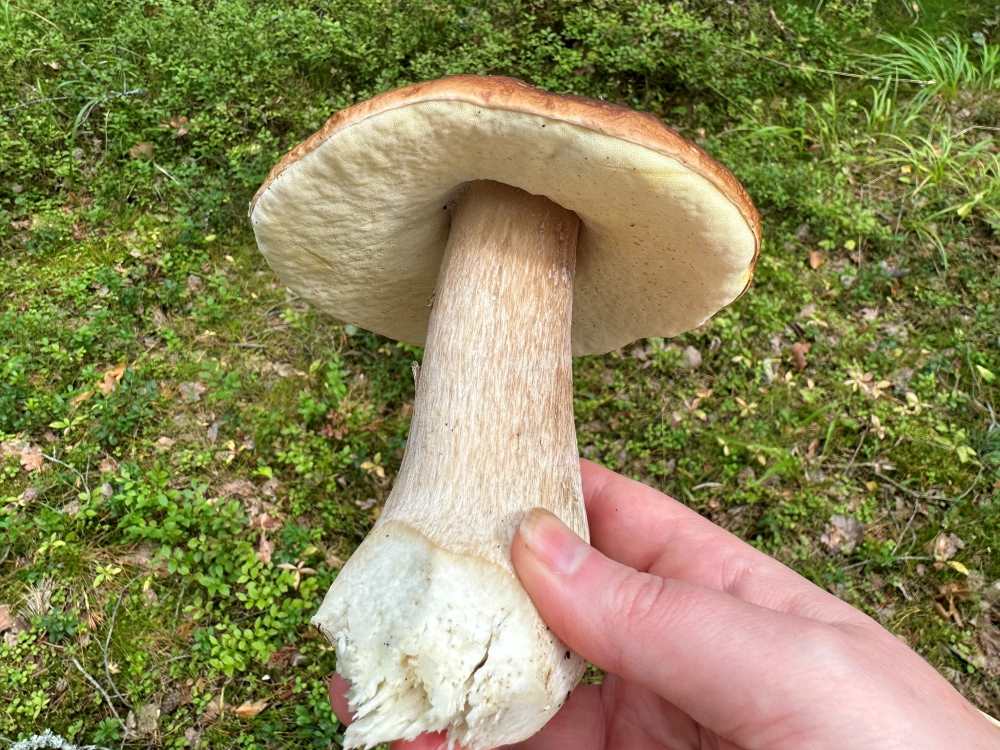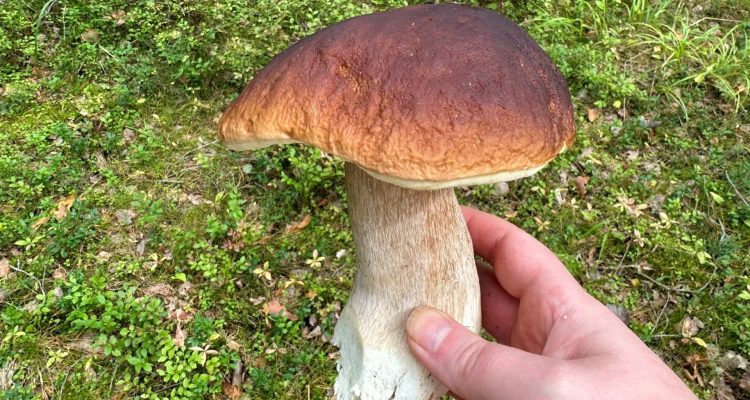Mushroom foraging in Finland offers both culinary delights and potential misadventures, particularly when distinguishing between the highly-valued cep (Boletus edulis) and the sour-tasting bitter bolete (Tylopilus felleus). These two mushrooms might initially appear similar, but they possess distinctive traits that differentiate them. In this article we delve into the essential steps to differentiate a cep or bitter bolete, ensuring your foraged finds enhance your meal rather than disappoint.
I consider myself a mediocre mushroom enthusiast, and I thoroughly enjoy foraging for boletes in Finnish forests. I have been foraging ceps, also known as penny buns (herkkutatti in Finnish), for several years and I have always heard warnings about the bitter bolete (sappitatti in Finnish). While the bitter bolete is not poisonous, it has the potential to badly ruin your meal. I frequently dry mushrooms for later use in stews. It would be devastating to add dried bitter bolete into a stew. I have always been scared that there are bitter boletes among the ceps I foraged, and try to identify each of the mushrooms carefully. I have never found a single bitter bolete, and that has made me worried. Have I been unable to distinguish between them?
Recently, I finally found my first ever bitter bolete in the mushroom forest. I spotted its light brown cap from far away. The bolete stood up sturdy, similar to ceps, but I could easily see that this was not any cep. Upon closer inspection, I noticed the presence of a dark net pattern on its stem. I also took note of its fluffy light pink pores underneath the cap. We have a saying in Finland that bitter bolete is a naughty girl with dark fishnet stockings and light pink miniskirt.


How to differentiate between cep and bitter bolete
The cap serves as the initial point of distinction between a cep or bitter bolete. Ceps exhibit a convex to slightly flattened cap, often brown or dark brown in color. Meanwhile, bitter boletes typically have uniformly colored caps ranging from light brown to brown.
Turning the mushroom over to observe the pore surface provides another valuable clue. Ceps feature small, densely packed pores that shift from white to yellowish or even greenish as they mature. On the contrary, bitter boletes showcase pale cream pores later turning pinkish. If you cut the bitter bolete in half, it might be easier to see the light pink color in the pores.
Examining the stem further aids in identification. Ceps often possess a thick, bulbous stem, typically unevenly colored from white to light brown. If you look closely to the stem right under the cap, you should be able to spot a white net pattern. In contrary, bitter boletes exhibit a dark color net in the middle of the stem.
Taste test (with caution)
Ceps are renowned for their nutty, delightful flavor, while bitter boletes live up to their name with an enduring bitterness even after cooking. A minuscule sample can be tasted to verify whether it’s a cep or bitter bolete. However, this method should be reserved for those well-versed in mushroom identification.
Remember that novice foragers should arm themselves with credible field guides specific to their region. Seeking advice from knowledgeable mycologists, local experts, or mushroom enthusiasts can significantly improve your identification skills, minimizing confusion and risk. Do not use our website as your only source of information. We take no responsibility for wrongful identifications.
It turns out that my caution has paid off, as I’ve never unknowingly picked bitter boletes for my mushroom basket. I may have left few delicious ceps in the forest when I have been unsure about my identification, but when it comes to mushrooms, it’s always better be safe than sorry.


Read more about mushrooms in Finland
- Mushroom picking in Finland is fun
- Watch out for the deadliest mushrooms in Finland
- Foraging for the most common mushrooms in Finland
- How to dress and what you need for foraging berries or mushrooms
- What is the difference between true morels and false morels?
- How to identify different milkcaps in Finland
- How to tell chanterelle and false chanterelle apart
- How to identify edible boletes in Finland
- Colorful brittlegills are a fascinating family of mushrooms
Test your knowledge in our mushroom quizzes
- Out in the Nature Quiz – How well do you know Finnish mushrooms?
- Out in the Nature Quiz – Another fun mushroom quiz

